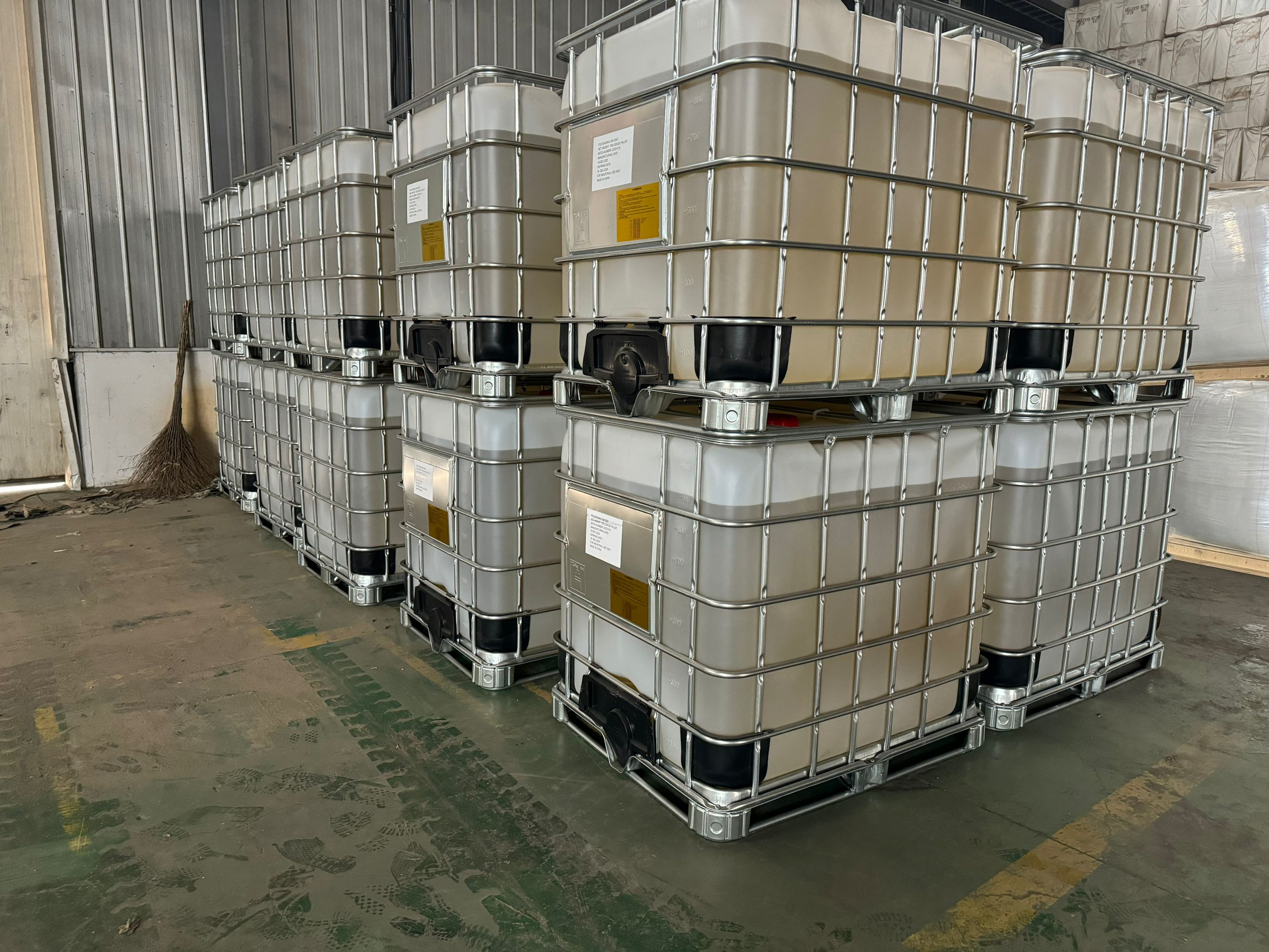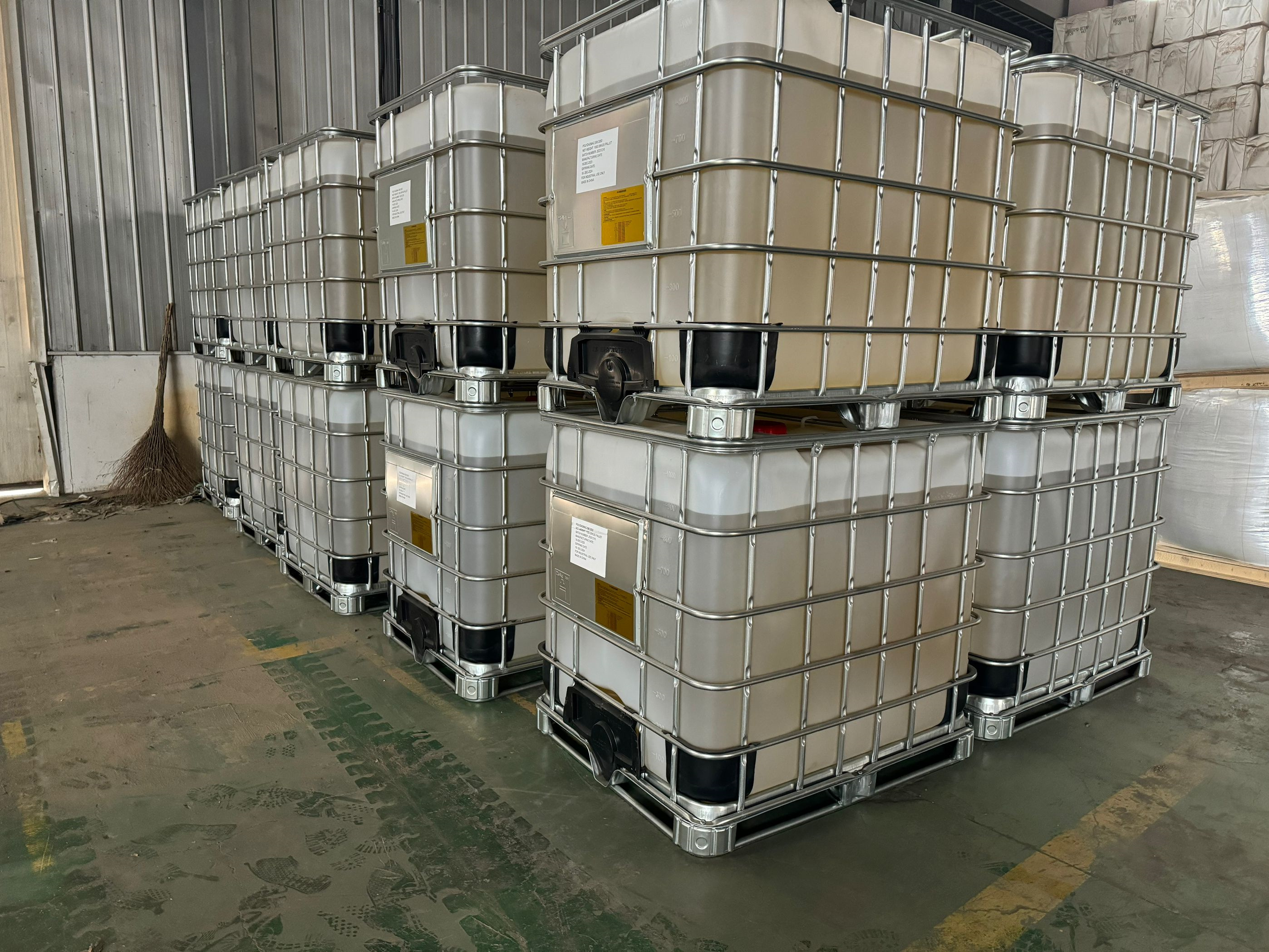Polyamines are organic compounds with two or more amine groups. They are naturally occurring in biological systems and play essential roles in cellular processes. Their applications span various fields, including water treatment, papermaking, oilfields, agriculture,
polyamine of FL3235 can be repalced by Asiafloc FL series
Material
- polyamine
Color
- light yellow
Application
- water treatment ,mineral processing
Certificate
- ISO9001 ,ISO14001
Place of Origin
- China
Other Names
- polyamine
Brand Name
- asiafloc
Usage
- water treatment ,mineral processing
polyamine of FL3235 can be repalced by Asiafloc FL series
Polyamines are organic compounds with two or more amine groups. They are naturally occurring in biological systems and play essential roles in cellular processes. Their applications span various fields, including water treatment, papermaking, oilfields, agriculture, and more. Below is a detailed overview of the primary applications of polyamines, particularly focusing on their industrial uses.
1. Water Treatment
One of the most significant applications of polyamines is in water treatment processes. They are widely used as coagulants and flocculants to remove impurities from water. Here’s how they function:
Coagulation and Flocculation: Polyamines, such as polyamine coagulants, help in aggregating suspended particles in water. The positively charged amine groups neutralize the negatively charged particles, facilitating their aggregation into larger flocs. This process is crucial in both drinking water and wastewater treatment.
Removal of Organic Matter: Polyamines effectively adsorb organic matter and pathogens, improving water quality. They are especially useful in removing color, turbidity, and dissolved organic substances.
Enhanced Sedimentation: The addition of polyamines can accelerate the sedimentation process in clarifiers, allowing for more efficient separation of solids from water.
Compatibility with Other Chemicals: Polyamines can be used in conjunction with other water treatment chemicals, such as alum and ferric chloride, enhancing overall treatment efficiency.
2. Papermaking
In the papermaking industry, polyamines are utilized for various purposes:
Retention Aids: Polyamines improve the retention of fibers and fillers in the paper-making process. By enhancing particle agglomeration, they help retain more material during the formation of the paper sheet, leading to increased product yield.
Dry Strength Agents: Polyamines can increase the strength of paper products, making them more durable. This is particularly important for packaging and high-strength paper grades.
Sizing Agents: They are used in sizing formulations to control water absorption in paper, thereby enhancing its printability and surface properties.
Wet End Additives: Polyamines are often added at the wet end of the paper machine to improve drainage and formation, resulting in better quality paper sheets.
3. Oilfields
Polyamines find applications in the oil and gas industry, primarily in drilling and enhanced oil recovery processes:
Drilling Fluids: In oilfield drilling, polyamines serve as components of drilling fluids. They help stabilize the borehole, reduce friction, and improve the performance of drilling muds.
Emulsifiers: Polyamines act as emulsifiers to improve the stability of oil-water emulsions, which is essential in various extraction processes.
Corrosion Inhibitors: Polyamines can protect metal surfaces in oil pipelines and drilling equipment from corrosion, extending their lifespan and reducing maintenance costs.
Enhanced Oil Recovery: In secondary and tertiary oil recovery methods, polyamines are used to improve the mobility of oil within reservoirs, thereby increasing extraction efficiency.
4. Agriculture
Polyamines are also employed in agriculture for several applications:
Soil Amendments: Polyamines can improve soil structure and enhance nutrient retention. They promote root growth and increase plant resistance to stress, leading to better crop yields.
Fertilizers: Certain polyamines are formulated as fertilizers that enhance plant growth by providing essential nutrients. They can improve nutrient uptake and utilization efficiency in plants.
Plant Growth Regulators: Polyamines play a role in regulating plant growth and development. They influence various physiological processes, including cell division and differentiation.
Stress Response: Polyamines help plants cope with environmental stresses, such as drought and salinity. They enhance stress tolerance, leading to improved survival rates in adverse conditions.
5. Pharmaceuticals and Biotechnology
In the pharmaceutical and biotechnology sectors, polyamines have various uses:
Drug Formulation: Polyamines are used in drug delivery systems, particularly for the formulation of nucleic acids and gene therapy products. Their ability to form complexes with nucleic acids enhances cellular uptake.
Cell Growth and Proliferation: Polyamines are crucial for cell proliferation and differentiation. They are involved in cellular signaling and gene expression, making them important in cancer research and regenerative medicine.
Antimicrobial Agents: Certain polyamines exhibit antimicrobial properties and are being explored as potential agents for combating infections, particularly in wound healing and topical applications.
6. Textile Industry
In the textile industry, polyamines serve several functions:
Dye Fixatives: Polyamines are used as dye fixatives to improve the color fastness of textiles. They help the dye adhere better to fibers, resulting in more vibrant and durable colors.
Water Repellents: Some polyamine derivatives are employed as water-repellent agents, enhancing the performance of fabrics in various applications.
Antistatic Agents: Polyamines can reduce static electricity in textiles, improving handling and processing during manufacturing.
7. Food Industry
Polyamines have applications in the food industry, particularly in food preservation and processing:
Preservatives: Some polyamines can act as preservatives, extending the shelf life of food products by inhibiting microbial growth.
Flavor Enhancers: Polyamines are explored for their potential as flavor enhancers in certain food formulations.
8. Cosmetics and Personal Care
In the cosmetics and personal care industry, polyamines are used for various purposes:
Hair Care Products: Polyamines are incorporated into shampoos and conditioners to enhance hair conditioning and manageability. They improve the texture and appearance of hair.
Skin Care Products: Polyamines can provide moisturizing effects and enhance the overall quality of skin care formulations.
Emulsifiers: They are used in creams and lotions to stabilize emulsions, ensuring even distribution of ingredients.
9. Construction and Materials
Polyamines are utilized in the construction and materials sector:
Adhesives and Sealants: Polyamines are components of epoxy resins used in adhesives and sealants. They enhance bonding strength and durability.
Cement Additives: In cement production, polyamines can improve the workability and strength of concrete mixtures.
Corrosion Inhibitors: Polyamines can serve as corrosion inhibitors in coatings, protecting metal surfaces from deterioration.






